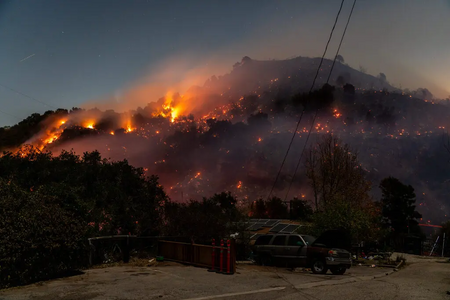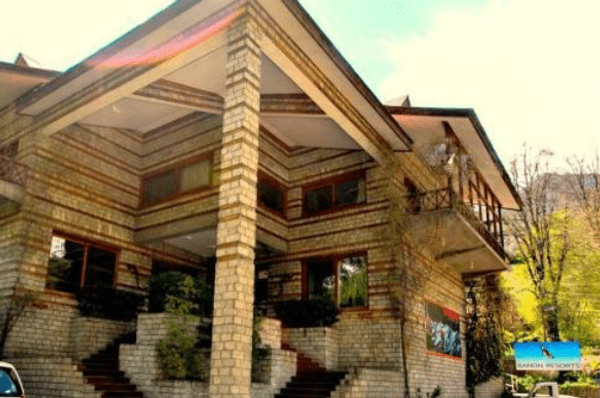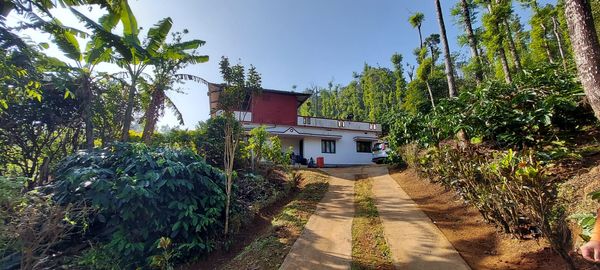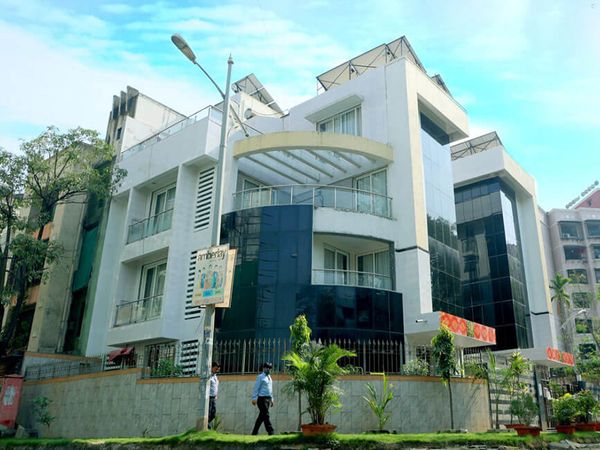California Wildfire Update: Palisades and Eaton Fires Fully Contained
 Luis Anderson
13 Feb, 2025
13 mins read
531
Luis Anderson
13 Feb, 2025
13 mins read
531

The Palisades and Eaton fires in Los Angeles have been completely contained, marking the conclusion of a series of severe wildfires that have plagued the region in recent weeks. These fires, which had been active for nearly a month, are now under control, according to Cal Fire.
Homeowners who lost their properties in the January 2025 Los Angeles wildfire should consider consulting a California wildfire attorney at the law firm California Business Lawyer & Corporate Lawyer to explore their legal options for insurance claims and potential compensation.
Damage Costs and Economic Impact
The financial toll of the wildfires has been staggering. By January 23 at 1:30 a.m. PST, the City of Los Angeles estimated that the fires had cost at least $385 million. Of this, approximately $350 million was attributed to damage to public infrastructure.
Insurance analysts from JPMorgan, led by Jimmy Bhullar, projected on January 9 that total damages could reach $50 billion, including $20 billion in insured losses. Moody’s Ratings also predicted insured losses in the billions, given the high property values in the affected areas. Chubb Ltd., an insurance firm, estimated in its January 28 earnings report that customer recovery and rebuilding efforts would cost $1.5 billion pre-tax. Homeowners seeking guidance from a Los Angeles wildfire lawyer at the Nakase Law Firm can help victims navigate complex insurance claims as they work toward rebuilding their lives.
Final Containment of Major Fires
On Saturday at 11:00 a.m. PST, Cal Fire confirmed the complete containment of the Palisades and Eaton fires, signaling an end to their spread. Prior to this, on Thursday at 10:07 p.m. PST, the Hughes Fire had also been fully contained, nine days after igniting near Castaic.
Health and Environmental Concerns
Los Angeles County public health authorities issued warnings on Tuesday at 5:30 p.m. PST, leading to the temporary closure of several miles of beach in proximity to the Palisades Fire. Officials cited concerns about fire debris runoff and pollutants in the sand and water, which may contain hazardous or carcinogenic chemicals.
Weather Impacts on Wildfire Season
On Tuesday at 7:42 a.m. PST, meteorologist Ryan Kittell from the National Weather Service (NWS) indicated that despite the recent rainfall, which ranged between half an inch to 1.5 inches, the region would have needed two to four inches of rain to definitively signal the end of wildfire season. However, the precipitation provided at least a temporary reprieve from extreme fire conditions.
Mudslides and Flood Warnings
The aftermath of the fires resulted in a mudslide on Monday at 8:25 a.m. PST, which temporarily blocked a section of Topanga Canyon Boulevard in the Pacific Palisades. Fortunately, no injuries or property damage were reported.
By January 25 at 4:00 p.m. PST, a flood watch was issued for areas affected by burn scars left by the Eaton, Franklin, Palisades, Hughes, and Bridge fires. The NWS highlighted a 10% to 20% chance of significant debris flows in these regions.
Firefighter Relief and Wind Forecast
Firefighters received a brief respite when the NWS red flag warning for Los Angeles and Ventura counties expired on January 24 at 10:00 a.m. PST. The strong gusty winds, which had complicated firefighting efforts, temporarily subsided.
However, on January 23 at 8:30 a.m. PST, the NWS issued a warning that Los Angeles and Ventura counties were still at critical risk for fires, as humidity levels dropped below 15% and wind speeds frequently exceeded 25 mph.
Federal Response and Policy Debates
On January 24 at 8:43 a.m. PST, President Donald Trump suggested eliminating the Federal Emergency Management Agency (FEMA), which had committed to covering the full cost of California’s wildfire disaster response for the next 180 days. While Trump stated that federal funding for disaster recovery would continue, he proposed shifting responsibility for direct response efforts to state governments.
A day earlier, in an interview with Fox News on January 23 at 3:30 a.m. PST, Trump criticized California’s fish conservation policies, claiming that they contributed to water shortages that hindered firefighting efforts. He suggested withholding federal aid until the state adjusted its water management policies.
Evacuations and Emergency Response
The Hughes Fire, which ignited on January 22, spread rapidly. By 5:00 p.m. PST that day, it had reached over 9,400 acres. Earlier in the day, at 12:25 p.m. PST, evacuation orders had been issued for Castaic, while warnings extended to northern Santa Clarita. By evening, over 31,000 people had been ordered to evacuate, with another 23,000 placed under evacuation warnings.
Concerns over delayed evacuation orders led Representative Judy Chu (D-Calif.) to call for an investigation into the handling of the Eaton Fire evacuations in Western Altadena, where 17 fatalities were recorded.
Law Enforcement and Criminal Investigations
As of January 16 at 12:36 p.m. PST, Los Angeles County District Attorney Nathan Hochman announced that 17 individuals faced charges related to the fires. These included looting, arson, and impersonation of firefighters.
Additionally, law enforcement continued to investigate cases of suspected arson. On January 9 at 9:00 p.m. PST, a suspect was taken into custody in relation to the Kenneth Fire, although authorities had not confirmed any direct connection.
Casualties and Missing Persons
By January 31, the death toll had reached 27, including 17 fatalities linked to the Eaton Fire and 12 to the Palisades Fire. The Los Angeles County Sheriff’s Office reported at least 16 people as missing in the aftermath.
Celebrity and Public Reactions
The fires impacted several high-profile residents. Paris Hilton, Billy Crystal, and Jamie Lee Curtis were among those who reportedly lost their homes. Curtis publicly called for donations to relief efforts, personally pledging $1 million. Other donors included Mark Zuckerberg and Prince Harry and Meghan Markle, who contributed monetary aid and supplies. The NFL also donated $5 million to support affected communities.
Impact on Schools and Public Events
Most Los Angeles Unified Schools resumed classes on January 13 after closures that began on January 9. Pepperdine University announced its Malibu campus would reopen for in-person learning on January 21.
Entertainment industry schedules were also disrupted. The Academy Awards voting deadline was extended to January 19, while the Critics Choice Awards were postponed. Several TV productions, including "Jimmy Kimmel Live" and "NCIS," temporarily halted filming due to safety concerns.
Sports and Travel Disruptions
A significant sporting event relocation occurred when the NFL wild card game between the Los Angeles Rams and the Minnesota Vikings was moved from SoFi Stadium to State Farm Stadium in Arizona. The Rams arranged transportation for 750 fans to attend.
While Los Angeles International Airport (LAX) remained largely unaffected, electricity disruptions impacted close to one million customers across the county on January 8.
Wildfire Causes and Weather Conditions
The extreme fire conditions were largely attributed to strong Santa Ana winds, which reached up to 99 mph in some locations. These dry, gusty winds, combined with drought conditions and record-low humidity, created an environment primed for rapid fire spread.
Additionally, the presence of La Niña—a climate phenomenon associated with drier conditions in Southern California—likely exacerbated the fire risk. The lack of rainfall over the past eight months contributed to widespread drought, making vegetation highly flammable.
Federal and State Relief Measures
In response to the crisis, President Biden declared a major disaster for California on January 8, unlocking federal funds for emergency relief. FEMA pledged to cover the costs of wildfire debris removal for six months, though Administrator Deanne Criswell cautioned that cleanup efforts would take much longer.
Governor Gavin Newsom signed an executive order prohibiting predatory land acquisitions targeting wildfire victims, aiming to prevent vulnerable homeowners from being forced into selling their properties at undervalued prices.
Long-Term Outlook
While the immediate threat from the fires has subsided, recovery efforts are expected to take years. Many communities continue to deal with the devastation, from rebuilding homes and infrastructure to addressing environmental damage.
The impact of these wildfires will likely lead to policy debates on fire prevention, emergency response funding, and climate-related disaster management strategies for years to come.
Written By:
Luis Anderson



Hotels at your convenience
Now choose your stay according to your preference. From finding a place for your dream destination or a mere weekend getaway to business accommodations or brief stay, we have got you covered. Explore hotels as per your mood.





